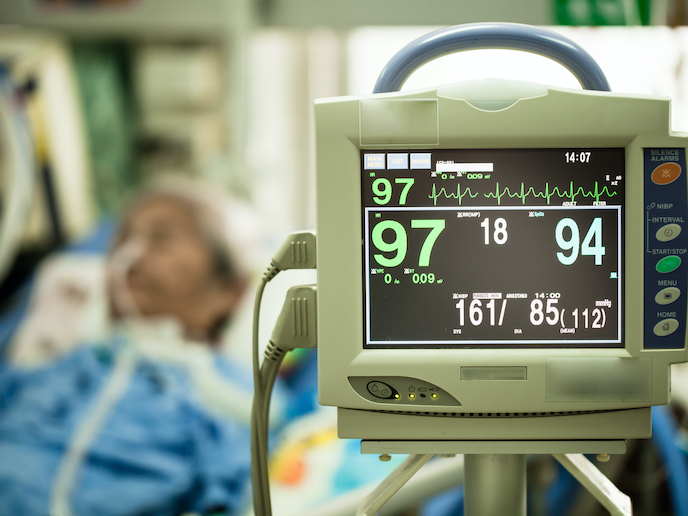A smartphone app that can diagnose a poorly heart
There are more than two dozen different types of cardiac arrhythmia. Most of these can be easily differentiated by a trained cardiologist, but distinguishing between atrial fibrillation and atrial flutter can be difficult. Both present a very similar pattern on an electrocardiogram (ECG), and are confused up to 80 % of the time, yet require very different treatments.
Diagnostic assistance
The EU-funded MODEST project sought to develop mathematical models that could support clinicians in making diagnoses and selecting treatment schedules for patients. To address this issue, MODEST project coordinator Sebastian Sager and his team took data from 380 ECGs performed by cooperating cardiologist Eberhard Scholz and his group at Heidelberg University Hospital in Germany. Using machine learning models, they were able to identify atrial fibrillation with a sensitivity of 81 % and a specificity of 87 %. “We tried to find in the literature mathematical models that accurately describe what is going on, but finally had to create our own,” says Sager. “The second step was optimisation. There were a lot of different disciplines involved, mathematics, medicine, computer science, biology and machine learning.”
Drug scheduling
The team built a smartphone app that could analyse ECG output by listening to the beeps of the heart monitor, or visually using pattern recognition to identify the peaks and troughs on the cardiograph. ECG data could also be manually entered into the app. The work was carried out at Otto von Guericke University in Magdeburg, Germany. In a related project, the group analysed blood analyses taken from patients undergoing chemotherapy. Typically, patients with acute blood cancer undergo several rounds of induction therapy, followed by up to four rounds of consolidation therapy. Scheduling the timing and dosage of chemotherapy treatments often relies on the doctor’s intuition. “You always have this balance of killing cells on one hand and the problem of affecting the immune system on the other,” explains Sager. “How critical is the time period between rounds of chemotherapy? Is 1, 2 or 3 weeks better? Are three cycles better than four?”
Spin-off
By analysing data from blood analyses, his team were able to come up with a model that can assist doctors in making these decisions. The project was supported by the European Research Council. “This helped a lot. We had a lot of freedom in what we could do, which was very much appreciated,” notes Sager. Stemming from this project, the start-up mathe.medical GmbH was supported by a Horizon 2020 proof of concept grant to explore releasing and disseminating the technologies commercially. “We had some talks with specialised companies, this is quite an advanced tool, addressing a need among clinical experts in a highly regulated and complicated market,” adds Sager.
Keywords
MODEST, heart, flutter, cardiac, arrhythmia, atrial, fibrillation, app, smartphone, sound, chemotherapy

